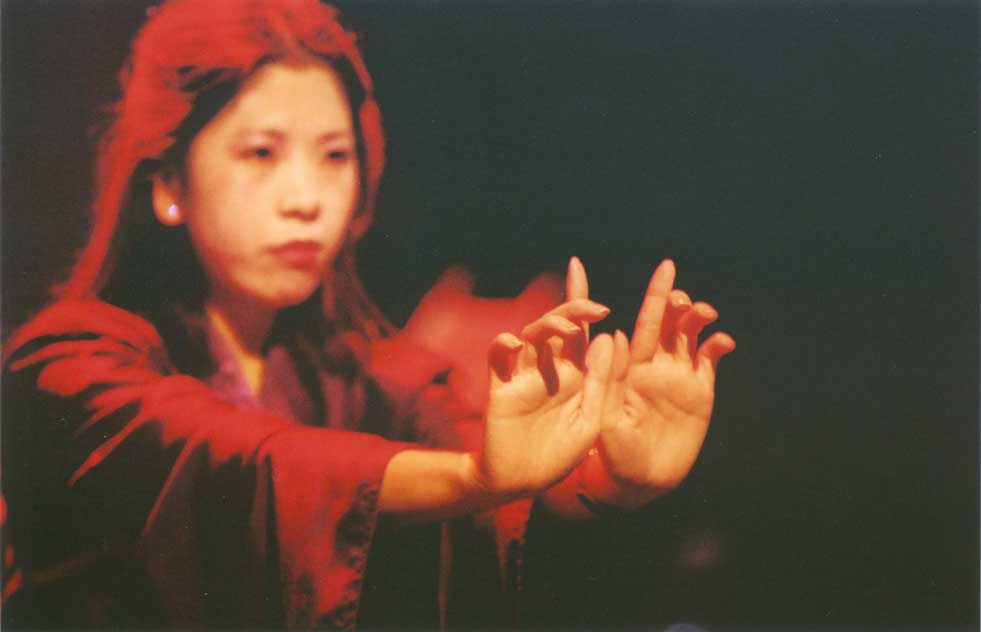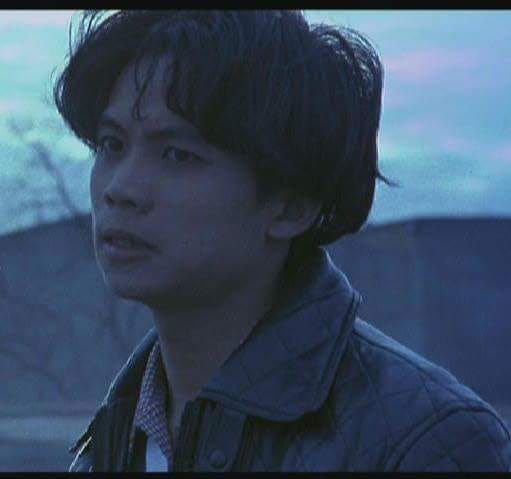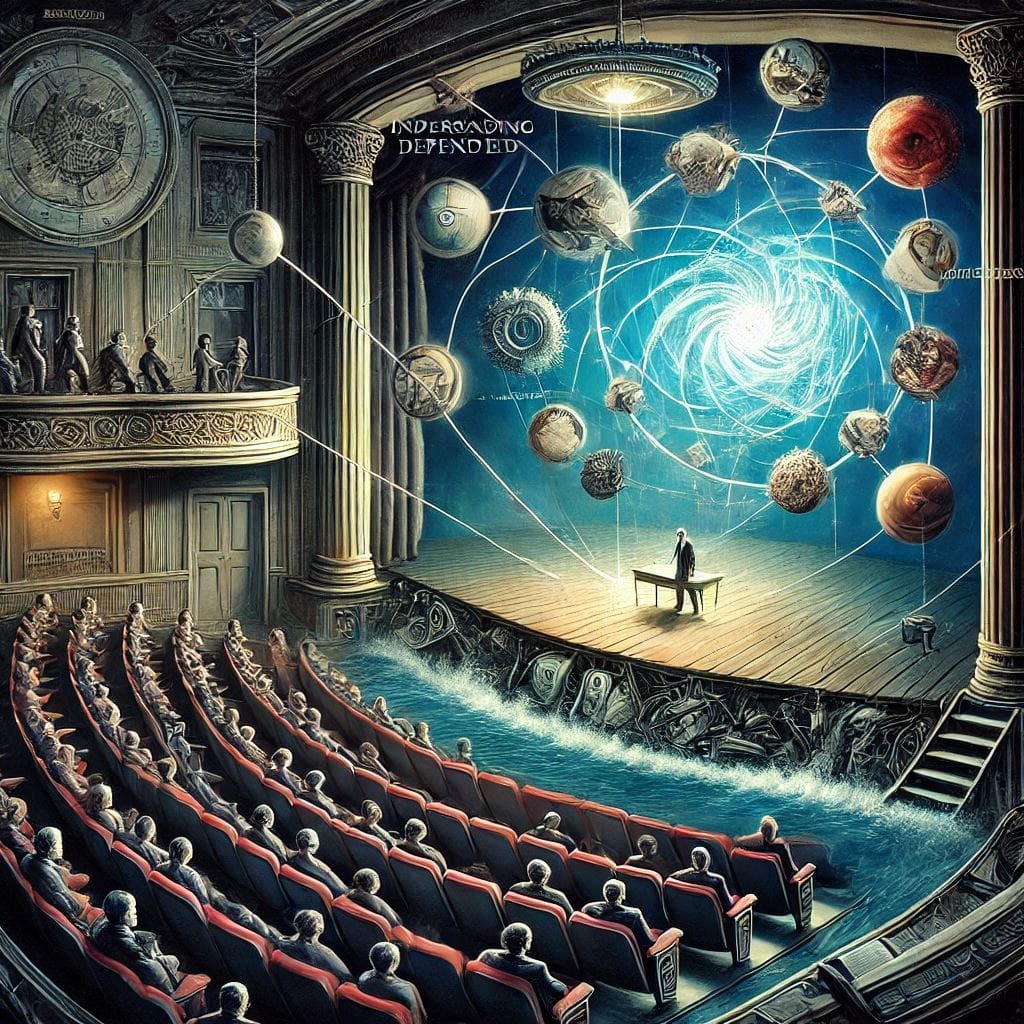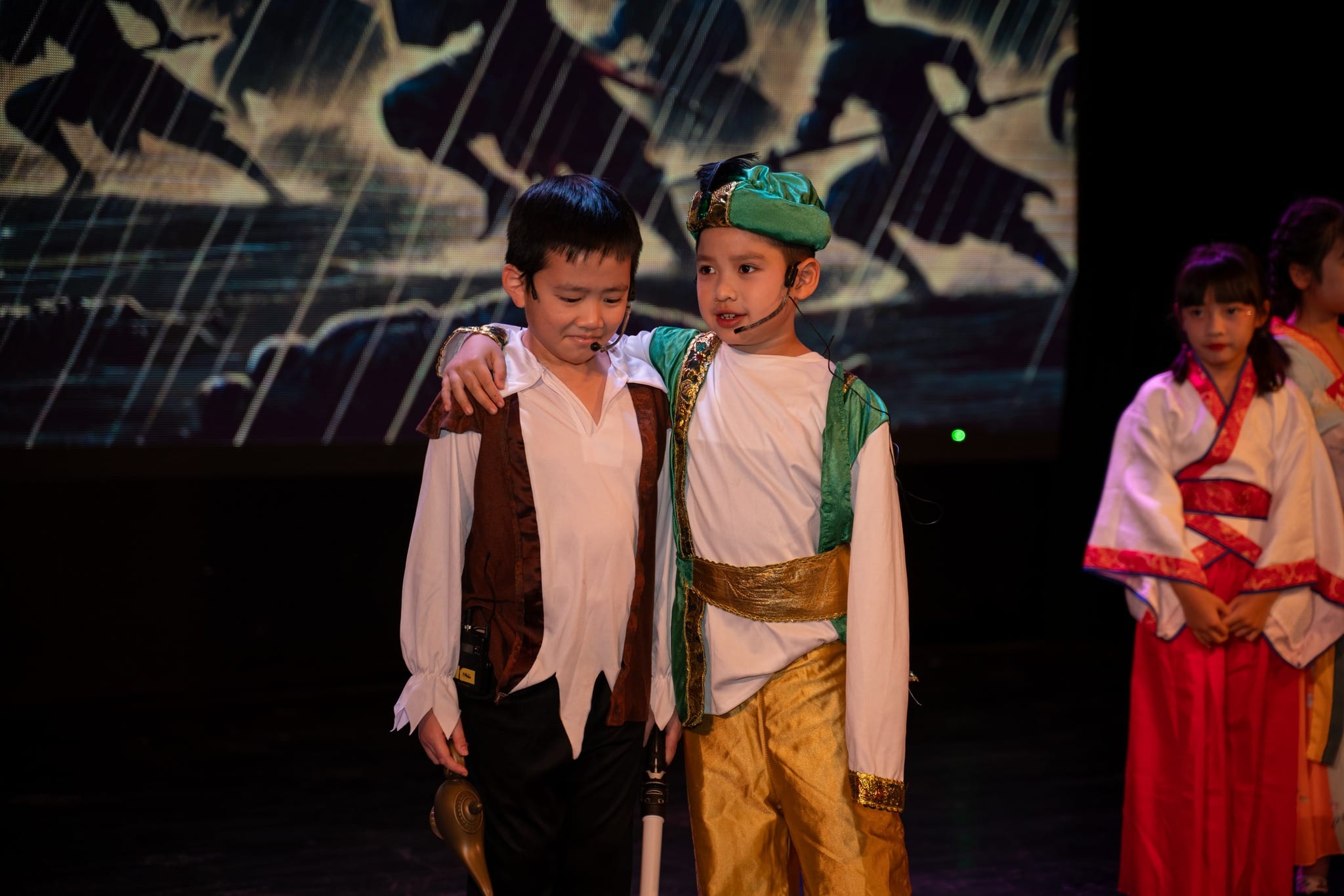Written by Huu Tran & Tony Le Nguyen
Directed by Huu Tran
Produced by Tony Le Nguyen
Music Direction by Dzung Nguyen
Presented by Vietnamese Youth Media
In Vietnamese culture, the 17th Century poet, Nguyen Du is as important a literary figure as Shakespeare is in English culture. His best known work is the story of ‘Kieu’, a noble and tragic tale of a young woman who sacrifices her youth and innocence in order to rescue her family from poverty and execution. She becomes enslaved to prostitution but ultimately conquers her disillusion with life to find spirituality and Buddhism. It is a folk tale that all young people in Vietnam learn as part of their Vietnamese Literature studies. It also, increasingly, parallels the real story for many young people in Vietnam as the Bia Om’s become their main source of employment.
In English, Bia Om means ‘Hugging Beer’ or ‘Hugging Bar’. They are places where illegal brothels, table-top dancing and topless bars all get rolled into one venue. According to Vietnamese Youth Media, there are more Bia Om’s in Vietnam today than there are local Milk Bars in Australia. It is the echo of the ancient tale of ‘Kieu’ and the more recent proliferation of the Bia Om’s in Vietnam that have inspired Huu Tran and Tony Le Nguyen to create ‘Aussie Bia Om’.
‘Aussie Bia Om’ tells a disturbing story laced with humour, hope and an overwhelming force of energy. As the audience gathers in the bar of the Old Trades Hall in Melbourne, our attention is drawn to a makeshift stage at one end, as television personality, Bert N (not the one on Channel10) introduces us to Bob Williams, the founder of Aussie Bia Om. Tonight celebrates the tenth anniversary of the opening of ABO. Bob’s proud words are followed by a string of speeches from political and religious leaders, some from Vietnamese descent, some from Anglo descent, but all bursting with pride at ABO’s achievements over the past decade. We hear from the Mayor, the head of Centrelink and many more, all offering ringing endorsements of Aussie Bia Om. It is a wonderful occasion marred only by the interjection of Bob’s adopted Vietnamese son who clearly has different thoughts about ABO and suggests that its motives might not be so altruistic. But his interruption is only a momentary glitch, and we are soon being ushered into the ABO itself, where the real story begins to unfold.
‘Aussie Bia Om’ is not just theatre; it’s a theatricality. The story that unfolds is interspersed with a well-assembled selection of traditional dance, music, song and martial arts. But it isn’t a concert. It’s more an event that cleverly shifts the audience focus between ‘the play’ and the ‘environment of ABO’. Strong characters are developed and their stories criss-cross throughout the piece as we slowly learn the truth behind the glittering exterior of the club. Young people, ostensibly receiving training and employment opportunities through services like work-for-the-dole are, in fact, the innocent prey of the corrupt power-brokers behind the venture. In particular, Bob Williams is slowly exposed as more predator than philanthropist as we see the world of ABO through the eyes of young people like Tim Tam, Leanne, Jackie J, Phat Long and others, especially Kieu Kim, a modern day ‘Kieu’. It very soon becomes clear that these young people are being emotionally and sexually exploited for the entertainment of the adults. But as the audience learns the truth, so do the characters and they begin to question their situation, and to reclaim power over their own lives.
In ‘Aussie Bia Om’, other art forms are used to good effect, especially the music which dips into both pop and traditional styles. The most poignant moments in the play are underscored by very beautiful, haunting pieces played on traditional instruments including the twelve-string zither and the monochord. There are also moving moments of song performed by professional singers Nguyet Thanh who first sang in Vietnam for Radio Binh Thuan in the early seventies, and Bao Khanh who has been a popular singer in the Vietnamese communities of Sydney, Brisbane and Melbourne since the eighties. The inclusion of such expressive moments of music and song within the play has been a feature of Vietnamese Youth Media and the Vietnamese Youth Theatre Group before them in productions like Chay Vong Vong and Dragon’s Lair, and always serves to bring a strong emotional focal point to the story.
The unusual artform that is highlighted in ‘Aussie Bia Om’ is the inclusion of several martial arts sequences. Far from being gratuitous and showy moments, these sequences provide powerful and exciting clashes between key characters. Sticks, swords and the human body are all brought to bear as weapons in these cleverly scripted and tightly choreographed fights. They range from the humorous (a hapless cleaner whose mop handle is snatched from his hands and used by a young man fending off attackers armed with sticks…the cleaner disappears when the fight begins but returns when it is over with a new mop and continues his cleaning); to the tragic (the inevitable death of a character that brings home the gravity of their situation).
There are many strengths to ‘Aussie Bia Om’. Its cast of around thirty actors, singers, dancers and musicians is drawn from a broad age range and from a refreshing mixture of cultures. The performances are strong and committed, and are well supported by simple designs, an excellent live band, experienced singers, strong dance and martial arts choreography and some effective video projection. Both Huu Tran and Tony Le Nguyen devote much of their programme notes to reaffirming their commitment to a long workshop process that provides opportunities for the building of skills and for contribution to the development of the work. As Tony Le Nguyen says, “…I wouldn’t…sacrifice the process for the outcomes because people are important and the play is just a vehicle for people to share their stories and experience with each other.” That philosophy has paid off with ‘Aussie Bia Om’.
It would be easy to fall for the trap of only viewing ‘Aussie Bia Om’ for its significance as a piece of youth and community theatre that gives voice to Vietnamese Australians and speaks to the wider community through a story that reflects the Vietnamese culture in Australia. Certainly it achieves those things, but it also achieves much more. ‘Aussie Bia Om’ is a universal tale with much to say about political corruption at high levels, about self-serving motives within the area of social welfare, and about the exploitation and abuse of young people in the name of ‘having their best interests at heart’. Most importantly, though, it is about the power of young people to fight exploitation and, like ‘Kieu’ in the old folk tale, to rise above their lot to claim back their dignity and self worth.




